Pig intestines are a rustic dish but are loved by many Vietnamese people. Pig intestines are processed into many different attractive dishes such as porridge, boiled intestines, hot pot, grilled intestines, fried intestines...
According to Dr. Le Van Thieu, Department of General Infection, Central Hospital for Tropical Diseases , pig intestines contain some nutrients such as protein, fat... However, this dish also has many potential risks to health.
The small intestine is the digestive organ of pigs, so the food that pigs eat will affect the quality of this food. For example, if farmers use substandard animal feed, the small intestine may be at risk of contamination.
The large intestine of the pig is where waste from the digestive process is stored. Therefore, this part has a higher risk of containing dirt and toxic substances.

Pig intestines (illustrative photo).
Dr. Thieu said that in addition to toxic substances, pig intestines also carry the risk of carrying pathogens such as parasites (worms) and bacteria. If pig intestines are not processed properly or do not ensure food hygiene and safety, people can be infected with these pathogens when eating them.
A scary disease that can be contracted from eating undercooked pork offal is Streptococcus suis infection, a bacteria commonly found in blood (secretion), offal, intestines, organs and pork.
"No matter what type of pig intestine we eat, food safety and hygiene must be the top priority, because both small and large intestines pose potential health risks ," said Dr. Thieu.
Eat pork intestines properly to ensure health safety
To ensure safety when eating offal, experts advise people to buy pork offal at reputable establishments and limit eating too much pork offal. When processing, families need to ensure that the pork offal is fully cooked, using high temperatures and cooking time long enough to ensure killing bacteria and parasites that exist in the pork offal. When eating, people should eat the offal when it is just cooked, still hot to help reduce the risk of infection.
Dr. Thieu noted: " Foods rich in protein such as intestines are an ideal environment for bacteria that cause food poisoning to grow. Therefore, even if cooked, if left in the environment for a long time, the intestines can easily become contaminated with bacteria . "
Associate Professor, Dr. Nguyen Thi Lam, former Deputy Director of the National Institute of Nutrition, said that animal organs still have a certain value when eaten in moderation. However, eating too much pig intestines can cause many health consequences. The reason is that animal organs, including pig intestines, contain a lot of saturated fat and cholesterol.
Eating too much offal can increase your cholesterol levels. Eating too much cholesterol can lead to excess fat, which increases your risk of atherosclerosis, heart attacks, and strokes.
According to nutritionists, people should limit eating white organs (intestines, stomachs, intestines, etc.) because they contain a lot of cholesterol. If you want to eat pork intestines, you should only eat them 3-4 times a month.
A healthy diet is recommended to be under 300mg of cholesterol per day, with cholesterol coming from all foods. Experts also note that cholesterol is not only found in animal organs but also in animal skin, animal fat, etc.
Finally, experts recommend that people with chronic diseases, overweight, obesity, metabolic disorders, children, and the elderly should limit their intake of pork offal. Instead, people should eat a variety of balanced foods and increase physical activity to ensure good health.
Source




![[Photo] 60th Anniversary of the Founding of the Vietnam Association of Photographic Artists](/_next/image?url=https%3A%2F%2Fvphoto.vietnam.vn%2Fthumb%2F1200x675%2Fvietnam%2Fresource%2FIMAGE%2F2025%2F12%2F05%2F1764935864512_a1-bnd-0841-9740-jpg.webp&w=3840&q=75)
![[Photo] National Assembly Chairman Tran Thanh Man attends the VinFuture 2025 Award Ceremony](/_next/image?url=https%3A%2F%2Fvphoto.vietnam.vn%2Fthumb%2F1200x675%2Fvietnam%2Fresource%2FIMAGE%2F2025%2F12%2F05%2F1764951162416_2628509768338816493-6995-jpg.webp&w=3840&q=75)










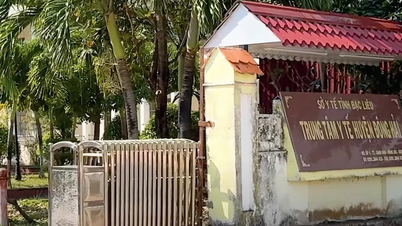







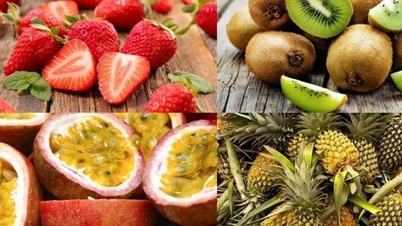
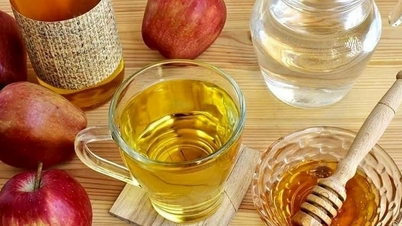
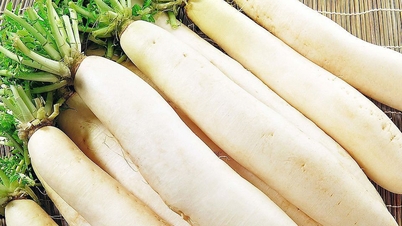








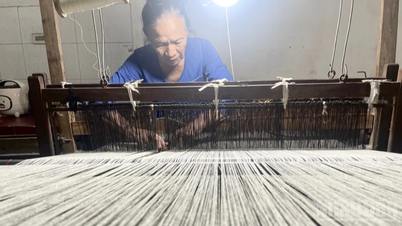










































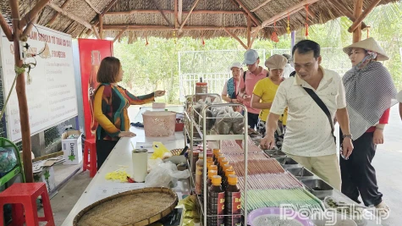
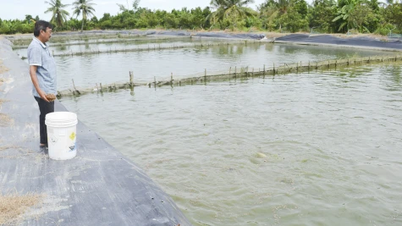




















Comment (0)